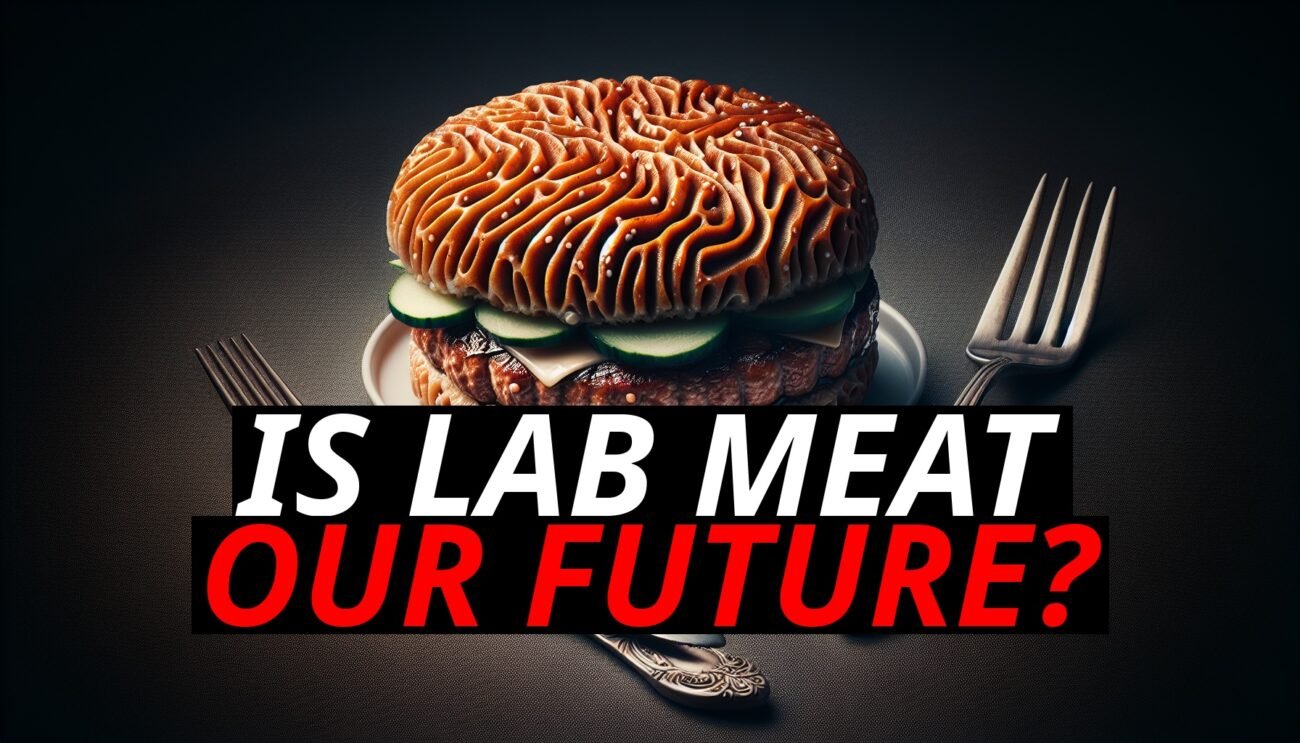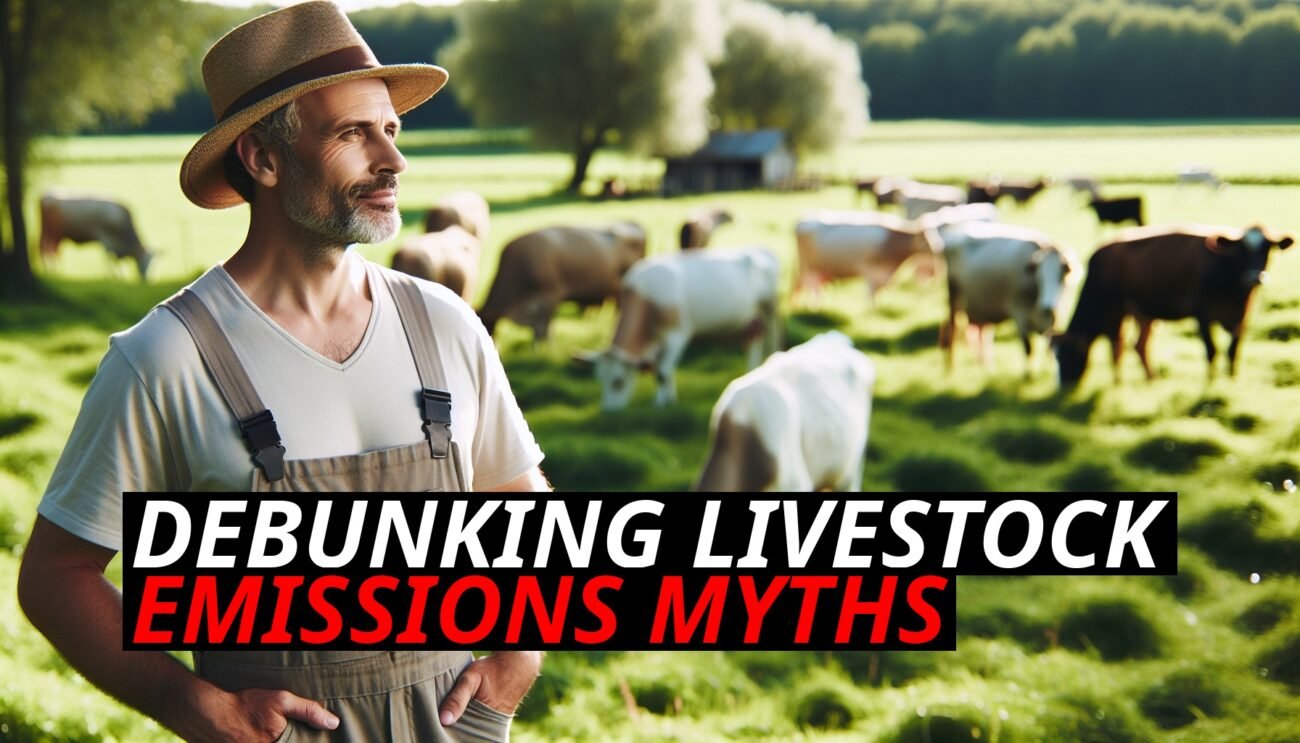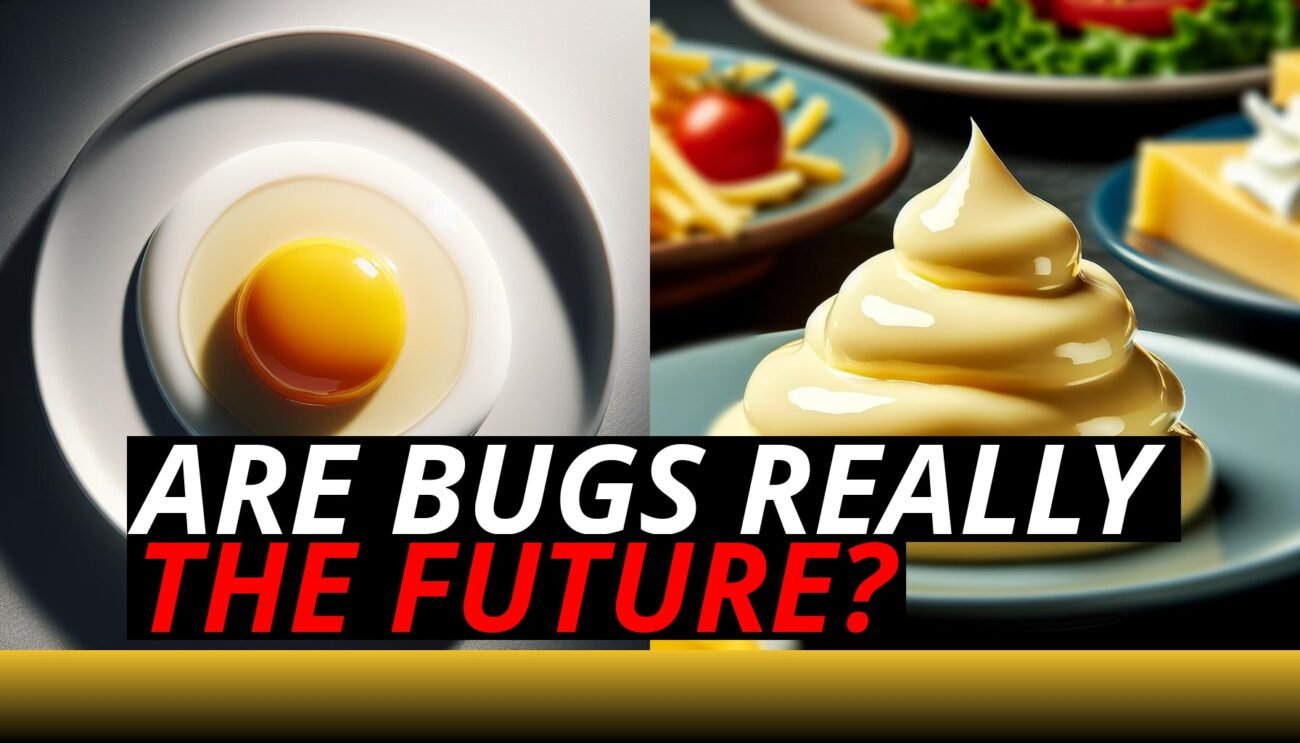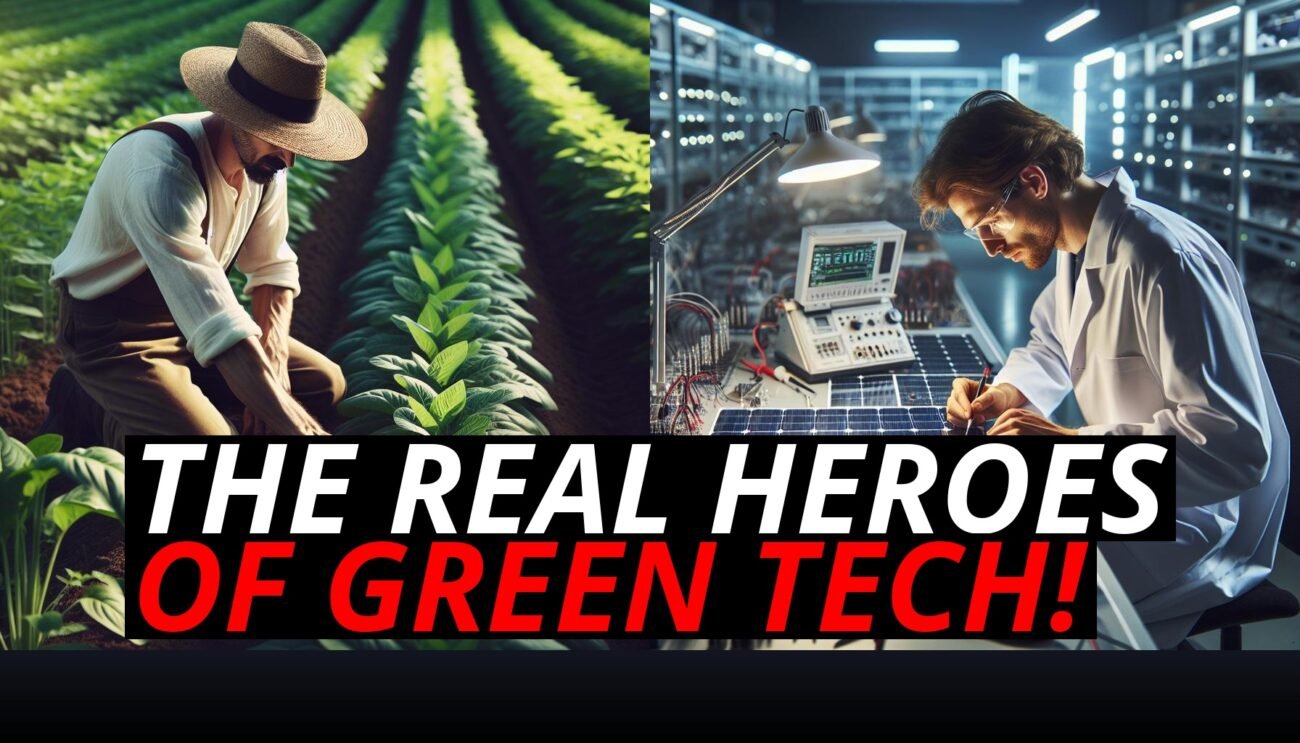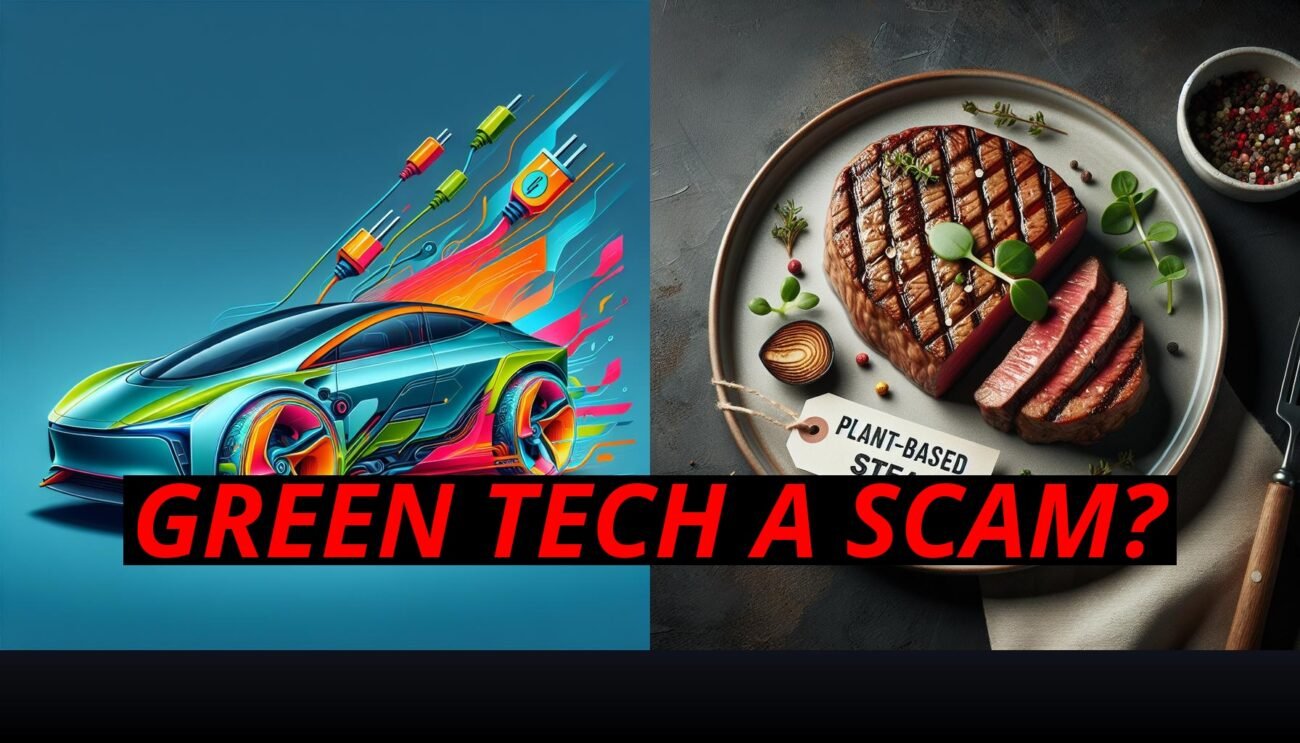The promises of a greener future are often tied to bold innovations, with fake meat and bug farming being hailed as the next frontier in sustainable food solutions. Advocates for both claim that these alternatives are the answers to feeding a growing population while reducing the environmental impact of traditional livestock. However, there’s a glaring problem: both the fake meat and bug movements are top-down solutions that ignore consumer preferences and the realities of practical food systems.
Let’s explore why these two movements are bound to fail and how they share common flaws that make them less appealing, less effective, and ultimately, less sustainable than they promise to be.
Fake Meat And Bug Farming: Top-Down Solutions Ignoring The Consumer
Both the fake meat and bug farming movements rely heavily on the idea that people need to change the way they eat for the good of the planet. This perspective is rooted in top-down thinking, where industries and advocates push solutions onto consumers, assuming they will readily adopt them. However, the reality is that most people don’t want to give up their traditional food sources like meat, eggs, and dairy.
Here’s why this approach fails:
- Lack of consumer demand: Both fake meat and bug products are driven by supply-side enthusiasm rather than actual consumer demand. While some niche groups are open to these alternatives, the vast majority of people prefer real, familiar food—be it a juicy steak or a scrambled egg—over lab-grown meat or cricket flour.
- Cultural resistance: Food is deeply tied to culture and tradition. Forcing people to adopt radical dietary changes like eating bugs or plant-based meat alternatives goes against the grain of established eating habits, making it harder for these movements to gain widespread acceptance.
- Taste and texture issues: One of the main hurdles for fake meat and bug-based products is that they simply don’t taste or feel like the real thing. While companies have made strides in replicating the taste of beef or chicken, many consumers still find that fake meat products have an unnatural texture or aftertaste. As for bugs? They face even steeper cultural and psychological barriers, as most people are turned off by the idea of eating insects, no matter how sustainable they’re claimed to be.
By ignoring consumer preferences and attempting to impose these alternatives from the top down, both movements face the challenge of convincing people to eat something they simply don’t want.
The Problem With Overlooking Practical Food Systems
Another reason the bug and fake meat movements are destined to fail is that they don’t align with the reality of practical food systems. Both rely on highly industrialized methods of production, which introduces several flaws in their claims of sustainability and efficiency.
Here’s why both movements fall short when it comes to real-world food systems:
- Energy-intensive processes: Fake meat is produced using high-tech labs that require significant amounts of energy to create products that resemble real meat. Similarly, bug farming involves raising insects in climate-controlled environments, which also consumes energy. These processes make them less efficient than more natural food systems like pasture-raised livestock, which requires far fewer inputs.
- Complex supply chains: Both fake meat and bug-based products rely on complex supply chains for production, processing, and distribution. This introduces additional environmental costs, such as transportation and packaging, which can offset the claimed benefits of their low resource use. Traditional farming systems, on the other hand, often operate within local ecosystems, minimizing transportation and energy costs.
- Lack of scalability: While bug and fake meat farming may seem scalable in theory, the reality is that both are difficult to implement on a global scale. Bugs need specific environmental conditions to thrive, and fake meat requires sophisticated technology that is expensive and difficult to maintain. In contrast, traditional livestock farming has been practiced for thousands of years and is well-integrated into global food systems.
By overcomplicating food production, both the bug and fake meat movements overlook the simplicity and effectiveness of more traditional, nature-aligned food systems like grazing livestock and small-scale farming.
The Sustainability Myth: Are Bugs And Fake Meat Really Better For The Planet?
Both movements are often framed as sustainable alternatives to traditional farming, but are they really better for the planet? The answer is more complicated than advocates would have you believe.
Here’s why the sustainability claims of bug and fake meat farming don’t hold up:
- Energy consumption: While bugs and lab-grown meat may use less land and water than traditional livestock, they require more energy to produce. The electricity needed to maintain bug farms and lab-grown meat facilities can quickly negate the environmental savings they claim to provide.
- Biodiversity impacts: Bug farming and lab meat production don’t support biodiversity in the same way that well-managed livestock systems do. Livestock, especially in regenerative grazing systems, can improve soil health, sequester carbon, and support a variety of plant and animal species. Bug farms and fake meat factories, on the other hand, are isolated from natural ecosystems and don’t provide the same environmental benefits.
- Waste and by-products: Fake meat and bug farming also produce waste in the form of unused by-products and energy consumption from their high-tech production methods. In contrast, livestock farming produces manure, which can be used to fertilize crops and close nutrient cycles within a farm.
In the race to reduce the environmental impact of food production, both bug and fake meat movements overlook the fact that traditional, sustainable farming practices—such as regenerative livestock systems—are often far more environmentally friendly than their tech-driven counterparts.
Consumer Preferences Vs. Industry-Driven Agendas
At the heart of the problem with both movements is the disconnect between consumer preferences and industry-driven agendas. Fake meat and bug products are often marketed as solutions to problems that consumers aren’t asking for. While there’s no doubt that the world needs to address environmental concerns in food production, the top-down approach of these industries isn’t the answer.
Here’s what these movements are missing:
- People value real food: Most consumers are attached to the foods they know and love—whether it’s a traditional Sunday roast or a farm-fresh egg for breakfast. Asking people to replace these staples with bugs or lab-grown alternatives is a tough sell.
- Traditional farming works: Well-managed livestock systems have been feeding the world for thousands of years. Rather than pushing for radical new foods, we should focus on improving sustainable farming practices that work within natural ecosystems and provide a holistic approach to feeding the planet.
Ultimately, the success of any food system depends on whether it aligns with what people want to eat and how food can be produced sustainably. The bug and fake meat movements, while well-intentioned, miss the mark on both counts.
Conclusion: Why These Movements Are Destined To Fail
The bug and fake meat movements are classic examples of “sustainable” solutions gone wrong. By ignoring consumer preferences, relying on energy-intensive production methods, and failing to integrate with practical food systems, these movements are unlikely to gain widespread acceptance or deliver on their environmental promises.
Rather than trying to force-feed the world bugs or lab-grown meat, the focus should be on improving traditional farming practices—like regenerative agriculture and sustainable livestock systems—that work with nature and respect the foods that people actually want to eat. In the end, sustainability isn’t just about reducing resources; it’s about creating food systems that are practical, resilient, and aligned with human preferences.


